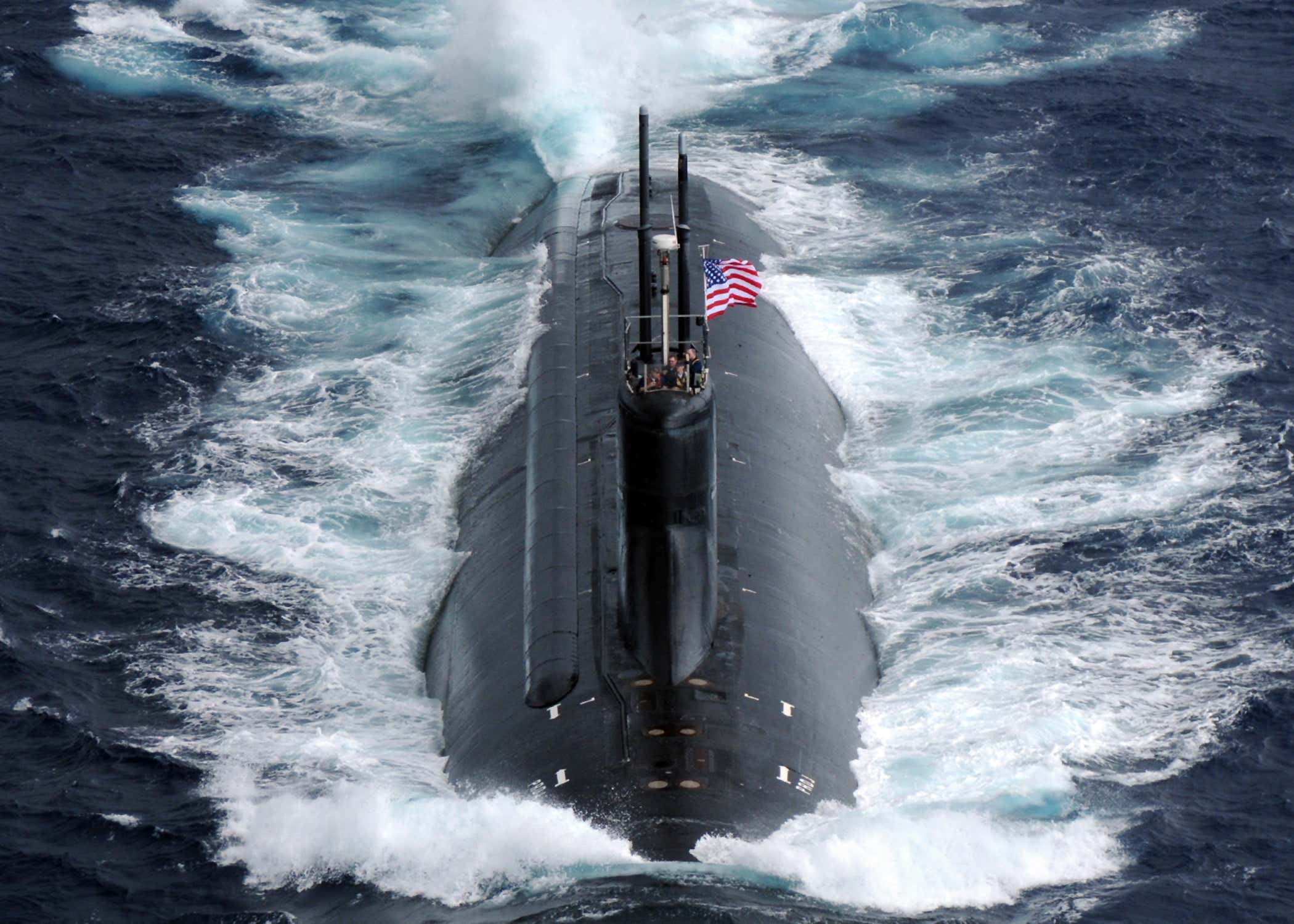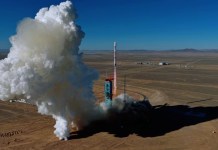The recent incident involving a US nuclear submarine in the Indo-Pacific may force China to increase its own submarine patrols in regional waters, a step that could make accidents at sea more likely, experts told Sputnik.
Despite Rafale Boost, Why Indian Air Force Remains ‘Ill-Equipped’ To Battle Chinese PLAAF Over The LAC?
On Thursday, the US Navy said that the Guam-bound nuclear-powered submarine Connecticut struck an object while operating in international waters in the Indo-Pacific region, which resulted in injuries for eleven sailors, but the vessel remained operational.
The Washington Post reported, citing a US Navy official, that the incident took place in the South China Sea, noting that Beijing had nothing to do with it.
“China might, for example, increase patrols by its own submarines – and that is only going to make future accidents more likely and negatively impact stability,” M. V. Ramana, the Simons Chair in Disarmament, Global and Human Security at the School of Public Policy and Global Affairs, and the director of the Liu Institute for Global Issues at the University of British Columbia said.

Beijing’s reaction, however, is unlikely to go beyond that, according to the expert.
Despite the fact there were no casualties, the incident still could aggravate tense relations between the countries, especially after the recent US decision to transfer nuclear-powered submarines to Australia under the AUKUS deal, according to Marc Finaud, the head of arms proliferation research at the Geneva Center for Security Policy.
“This risk of heightened tensions and escalation is real if both countries continue in the current trend of arms build-up instead of strategic stability dialogue and negotiations towards more transparency, arms control, and cooperative security,” he told Sputnik.
In addition, it remains unknown what the submarine collided with, Nikolai Sokov, a senior fellow at the Vienna Center for Disarmament and Nonproliferation, notes.
In spite of that, the expert estimates the risks of escalation to be “modest,” believing that it all “looks like Chinese simply used the incident with the US submarine to restate their position.”

On Monday, the Chinese Ministry of Foreign Affairs said that the US approached the incident in an “irresponsible and secretive” manner, coming up with an “evasive statement” five days later. Beijing urged Washington to explain in detail where the collision happened and what kind of a collision it was.
Commenting on the incident, Admiral-Submariner Vladimir Valuev, the ex-commander of the Russian Baltic Fleet, told Sputnik that the vessel could have struck an industrial underwater object such as an oil drilling rig — recently installed or still under construction — about which the US Navy has not yet been informed.
A collision with another submarine was also possible. However, if it were the case, given the injuries of the crew members, the two submarines should have surfaced to inspect the damage, which did not happen.
China Testing Unmanned Combat Ships
China is testing experimental unmanned combat ships at a secret naval base off the country’s northeast coast, U.S. Naval Institute (USNI) reported on Tuesday.
According to USNI News, the official media outlet of the institute, two unmanned surface vessels were spotted at a new naval base about 14 kilometers (8.7 miles) from the Xiaopingdao submarine base and eight kilometers from the major Chinese shipbuilding center Dalian.
One of the ships is described as an unmanned surface vessel, similar to the JARI vessel seen in the area in 2020. It is a small destroyer equipped with powerful weapons. The second vessel resembles a large catamaran, which also has several characteristics similar to the JARI.
According to the institute, China has repeatedly tested its unmanned surface ships at the naval pier near Dalian. The construction of the pier began in 2016 and, according to satellite images, lasted for about a year. Since then, it has been periodically used for short-term tests and exercises. Remoteness from major naval bases provides room for safe maneuvers.
According to the publication, China has a significant number of unmanned ships projects. Some of them have been presented at arms exhibitions, while others became known only from intelligence data taken from open sources.




